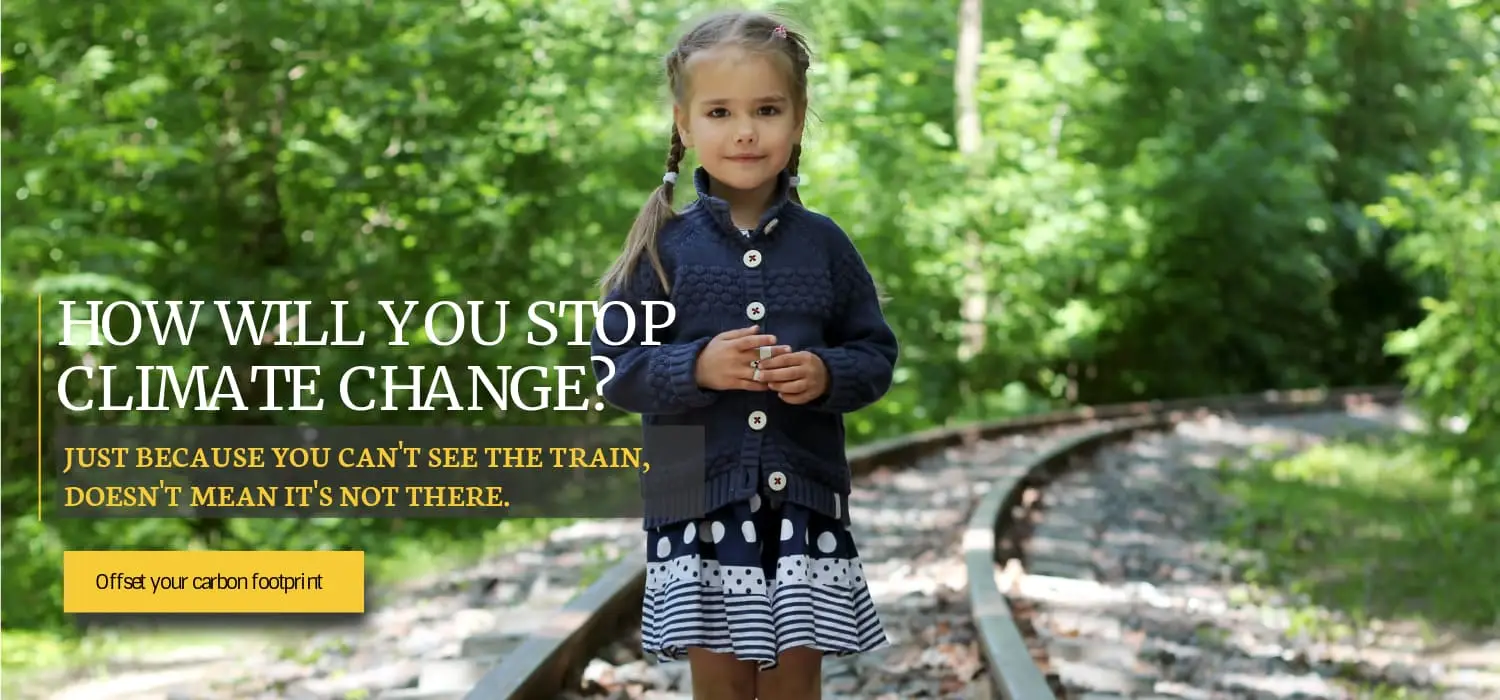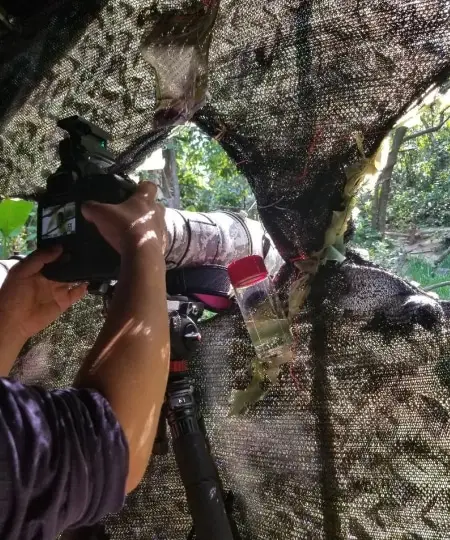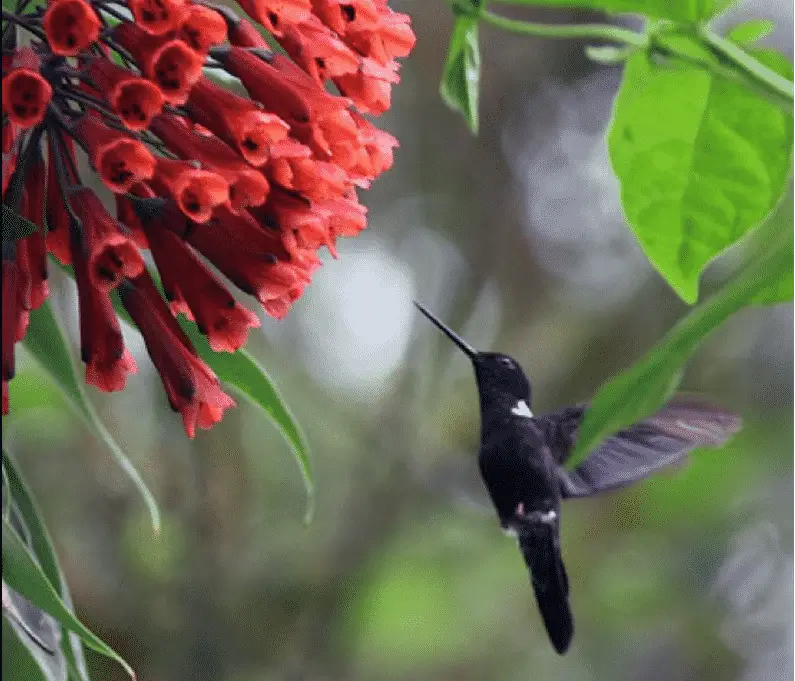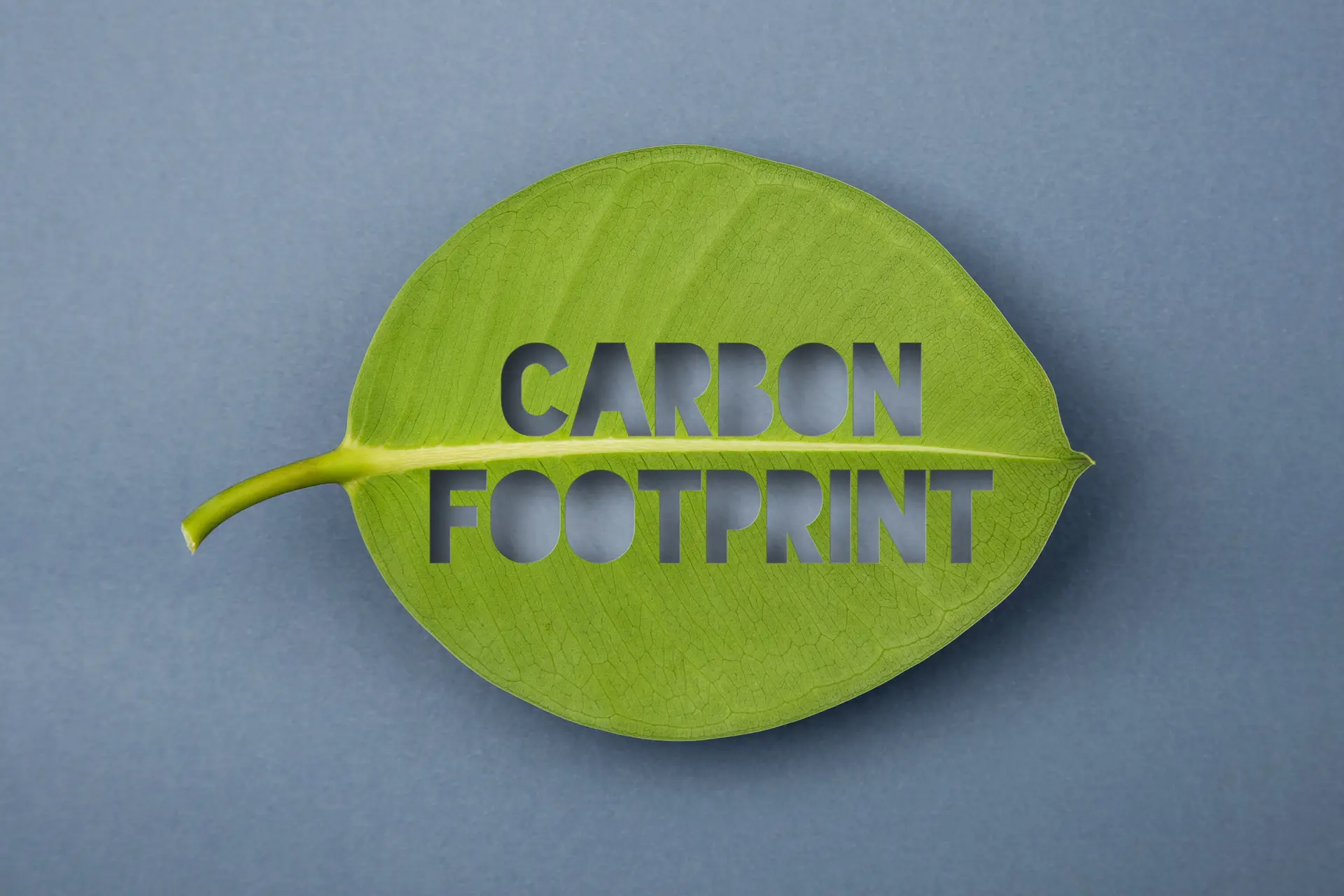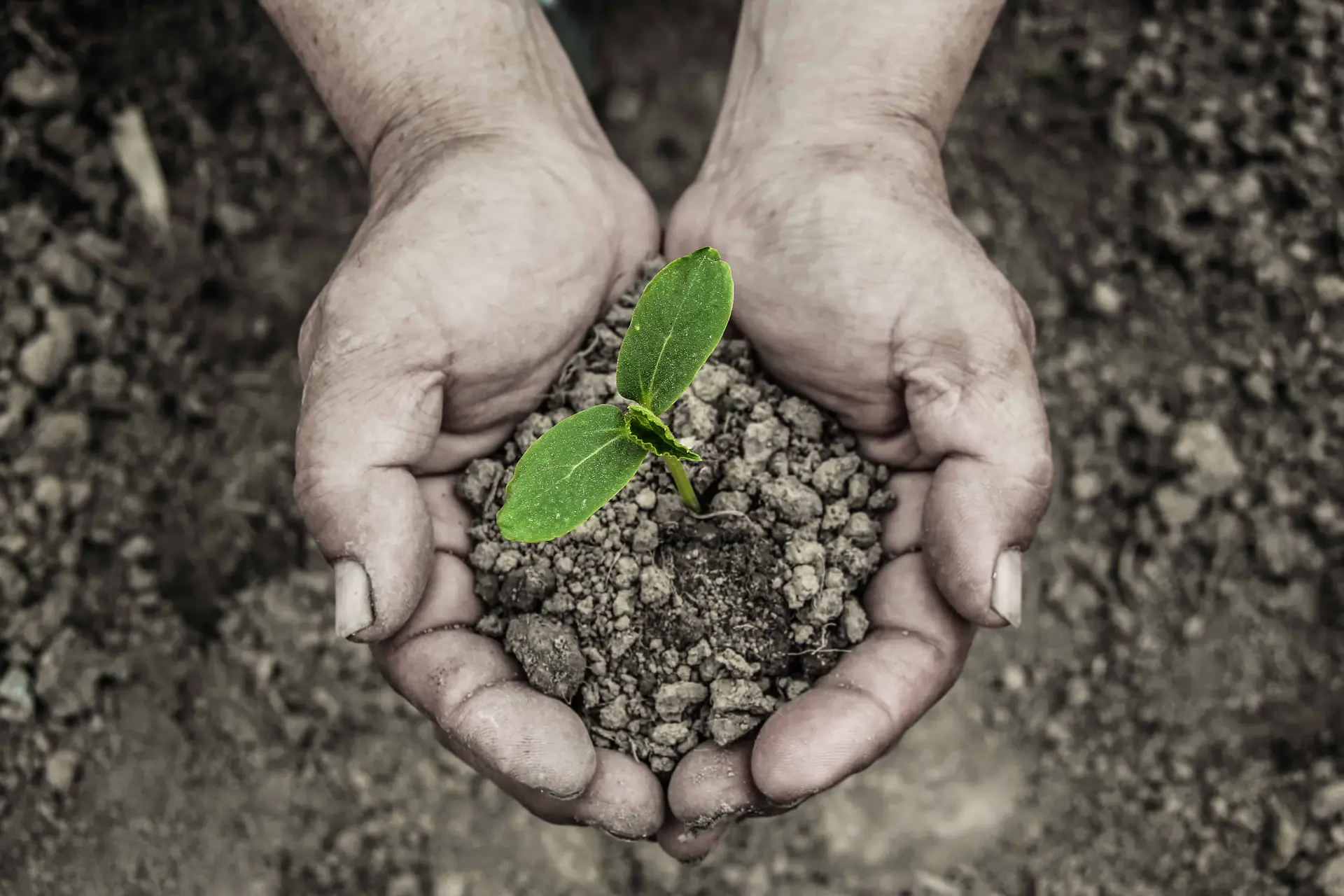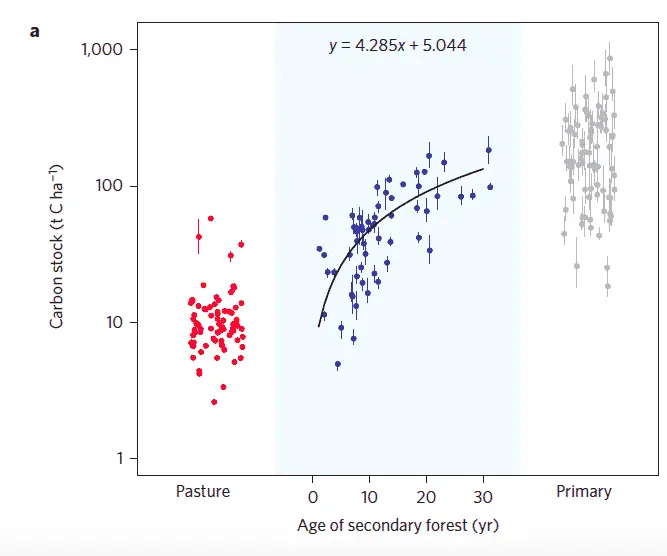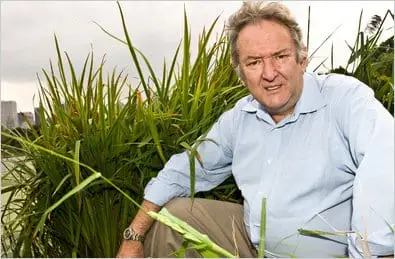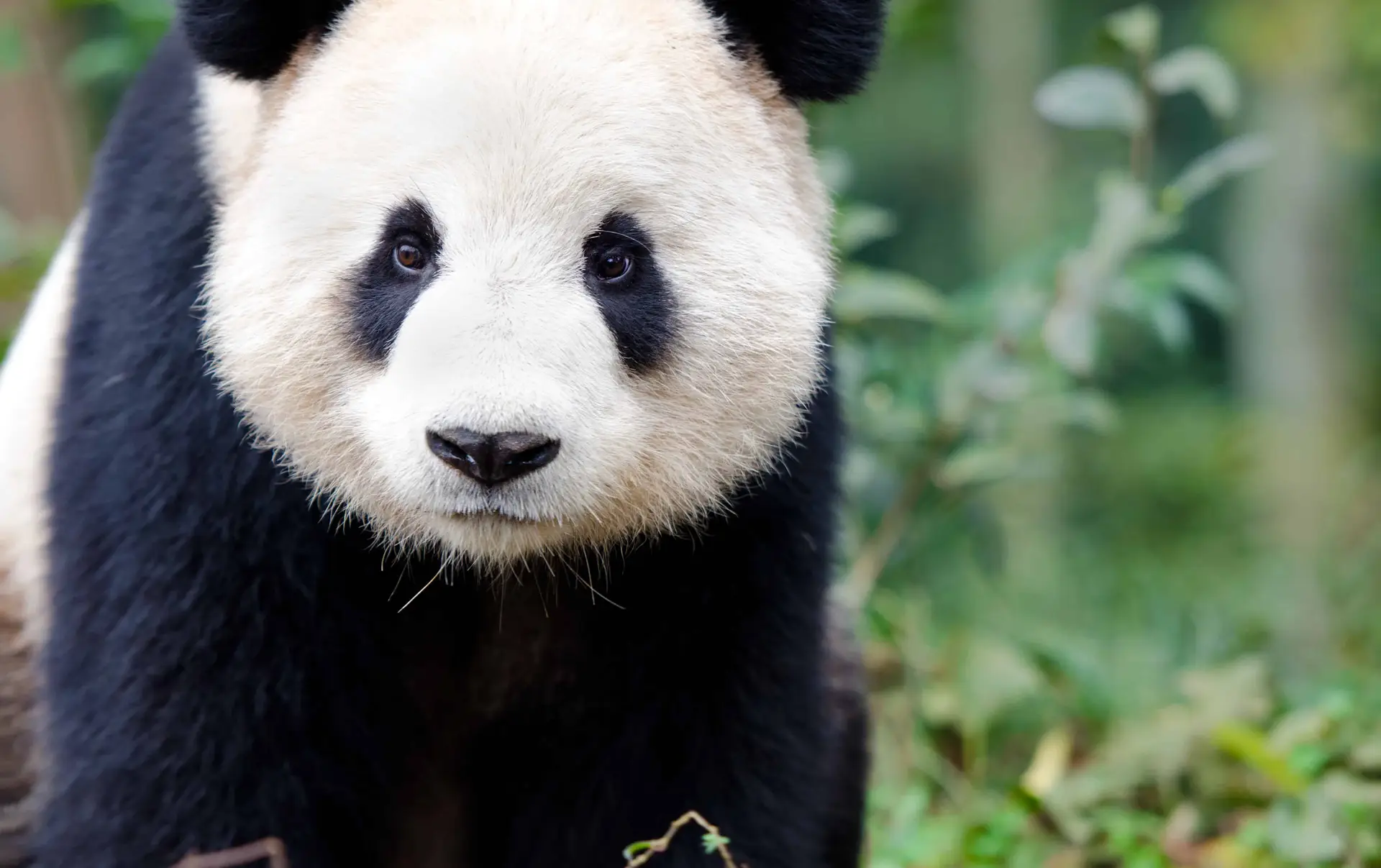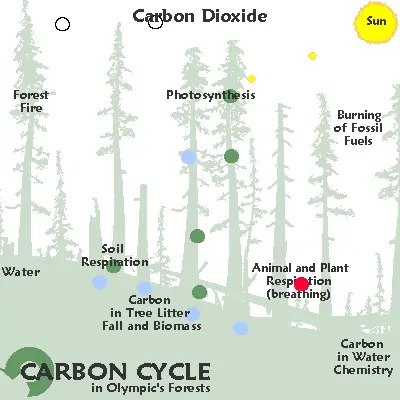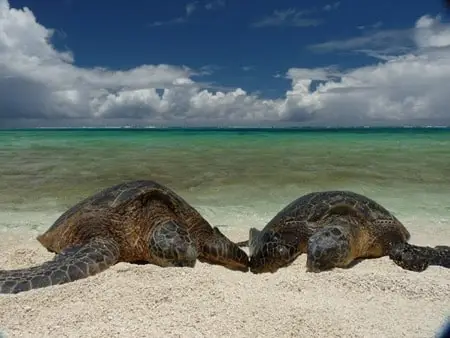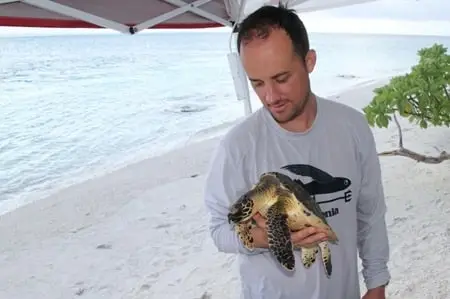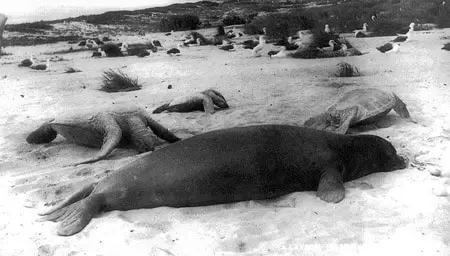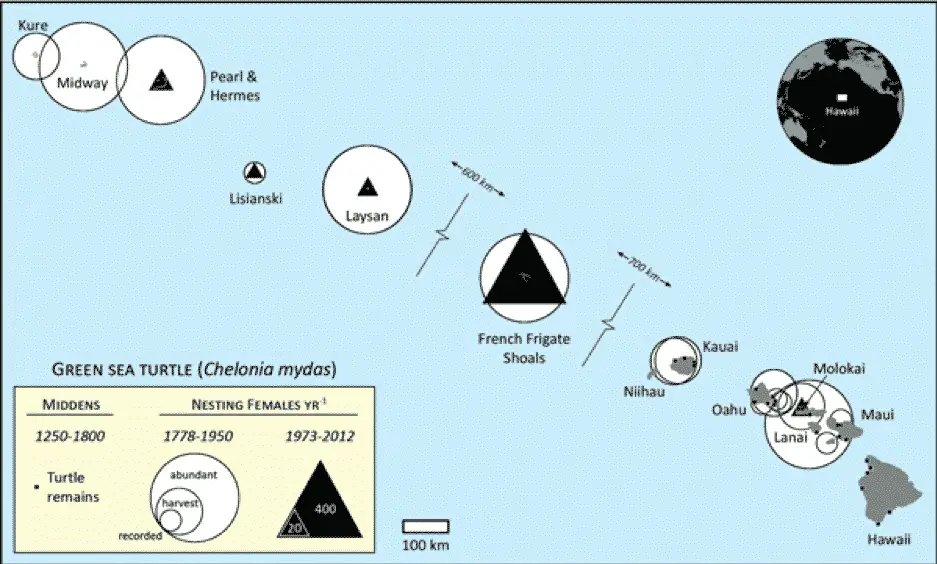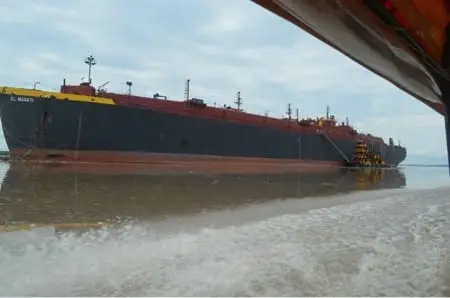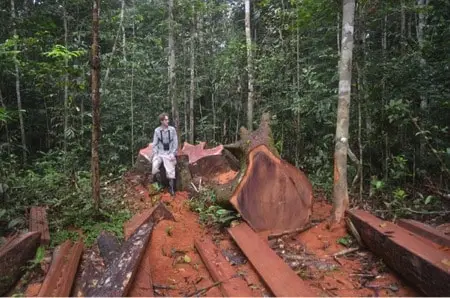Global Warming

September 2019
Time is running out in the fight against the world’s two most critical environmental crises: global warming and mass species extinction.”
GLOBAL WARMING
A significant driver of both climate change and extinctions is deforestation and its aftermath of degraded, fragmented, and isolated landscapes. Such places lose their capacity to absorb carbon emissions and to sustain species.
As forests around the world fall to exploitation, key areas for biodiversity not only lose habitat, but what remains is in fragments. Populations die out in fragments, because they are not viable, often becoming inbred, or suffer chance accidents of birth and death. Even when they are viable, a warming climate pushes species uphill —a journey that a fragmented landscape may prevent.
Even under the most optimistic scenarios, the world is not going to reduce the high levels of atmospheric carbon dioxide anytime soon. Species do not have the option of waiting. They are moving towards the poles and, in the tropics, to higher elevations. That is when they can.
But there is hope to help both endangered species and vulnerable communities facing the threats of climate change and deforestation.With the right, strong will, and enough resources, we can make a real difference for the health of the planet.
Our Goal is to Prevent Extinctions
Saving Nature believes it is an economic, environmental, human health, and moral imperative to fight the climate and extinction crises. Over the past ten years, we have proven our strategy to Connect, Protect, and Restore habitat for endangered species works for both. We unite the power of scientific discovery and conservation action to provide practical, immediate, scalable, and sustainable solutions to environmental challenges. In doing so, we address the pressing problem of species going extinct in isolated forest patches that are becoming too small and too warm for them.
We work in places where exceptional numbers of species are in extreme peril. These are also places where poverty is extreme, indigenous cultures are threatened, watersheds are degraded, and landslides are rampant. While our focus is on preventing extinctions, our approach to conserving biodiversity addresses all these cascading consequences of deforestation. It delivers crucial benefits to vulnerable human populations by putting a check on development that degrades watersheds. It also helps insulate indigenous cultures from intrusion, exploitation, and displacement.
Helping Species Adapt To Climate Change
Saving Nature is taking practical action to rescue the species most at risk of extinction from climate change. While humanity struggles with finding solutions to climate change, species are fighting for survival. They are seeking safe harbors with habitable temperatures by moving towards the poles and to higher elevations. Time is running out for many.
There is abundant evidence that species are moving and that even slight warming pushes species higher in mountainous areas to keep within habitable temperatures. The cycle of deforestation and climate change amplify this crisis. Deforestation blocks migration, trapping species in uninhabitable landscapes, dooming them to extinction. In their retreat to cooler climates, their ranges shrink, further compounding the odds against survival.
Saving Nature intervenes by creating corridors in biodiversity hotspots that connect forest fragments, liberating species trapped and isolated in increasingly inhospitable habitats. Restoring degraded land and reconnecting isolated forests achieves two objectives – it absorbs atmospheric carbon emissions and helps species adapt to climate change by finding safe harbor. Read More about how Saving Nature is building corridors to safe harbor.
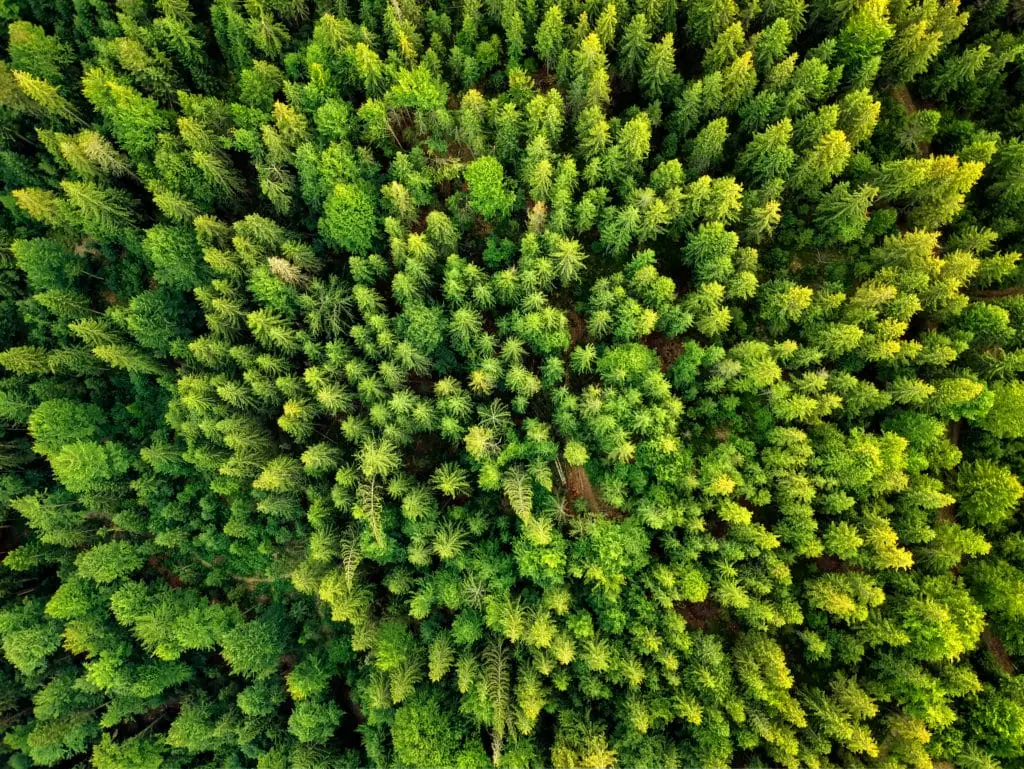
Putting a Dent in Climate Change
In terms of climate change mitigation, planting tropical moist forests soak up an average of about 26 tons of carbon dioxide per hectare per year. The forests we restore can likely soak up carbon dioxide for 20 years or more. Indeed, increasing evidence suggests that they will continue to do so for much longer, though at a slower rate.
Large-scale tropical reforestation could make a huge dent in carbon emissions. Theoretically, we could offset about a third of global emissions from all sources by planting trees. While we concede that it’s not likely we could plant all those millions of hectares, it does show there are plenty of places with degraded land from which to select. We choose those places carefully and in ways that help other problems.
It also shows how individuals can make a difference by planting tress to offset their carbon dioxide emissions and help species adapt to climate change. Read More About How to become “carbon neutral” while helping species survive in an era of climate change.
How Can You Help?
We will continue to use both science and savvy to connect, protect, and restore forest corridors. We invite you to join us in this ambitious effort!
Please support our forest restoration and connectivity efforts. Donating to Saving Nature helps fight the two most pressing environmental problems the world faces—mass species extinction and global warming!

